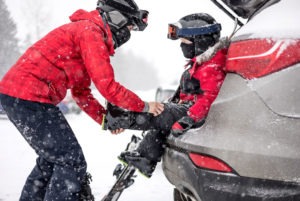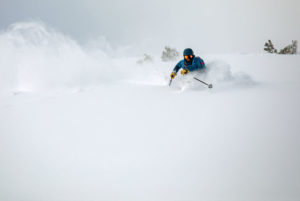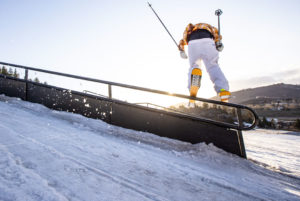 Hopefully that light bulb in your head has gone off like the time you awakened in a cold sweat remembering that school project you had 6 months to complete is due tomorrow. Now that you’ve spent most of your summer lying on the beach, drinking malt beverages and munching on foods that are not part of the FDA’s dietary plan, it’s time to begin that dreaded training program. No worries, your inflated midsection and wobbly legs will be magazine ready in just a few short months
Hopefully that light bulb in your head has gone off like the time you awakened in a cold sweat remembering that school project you had 6 months to complete is due tomorrow. Now that you’ve spent most of your summer lying on the beach, drinking malt beverages and munching on foods that are not part of the FDA’s dietary plan, it’s time to begin that dreaded training program. No worries, your inflated midsection and wobbly legs will be magazine ready in just a few short months
Follow these simple suggestions and you’ll be prepared for the upcoming winter season. What you are about to read are simple suggestions to help guide you in the right direction, sorta like how Yoda guided Luke Skywalker. Always consult with a physician and qualified trainer before starting any workout program. Strength + Balance = Core Competency
OK, you’ve made it to this section, so your motivation is somewhat apparent. Figuring out which sport-specific strength and conditioning exercises to do is a battle in itself. When starting a new program, take it slowly and work up to the desired fitness level. Keep it simple for now. A continual, basic workout program will make your snowboarding or skiing season easier, thus reducing nagging injuries (strains, pulls, etc.). One must never forget, the turtle has always beaten the hare. How’s that for peace of mind?
Peace through strength. Focus on muscular endurance and strength training. Choose exercises that work multiple muscles, like squats, deadlifts, cleans. Trampoline exercises build lower-body strength and fast-twitch muscle explosiveness. These are a few exercises that condition the major muscle groups and will help you to endure the rigors of a long winter season. Balance is strength…literally!

Balance is to snow sports as peanut butter is to jelly l. Keep your knees out of braces by strengthening the large muscles in your legs: quadriceps, glutes and hamstrings. If you’re willing to work hard, fast results will come. Mix body-weight (i.e., mountain climbers, wall sits, push-ups, pull-ups) and free-weight exercises (i.e., bench press, incline press, squats, curls,) for optimal results. Ensure you incorporate a balance board or Bosu ball for an even greater sense of balance. After following a basic workout routine, transition to more of a specific training regime to condition the mind, body and spirit.
Let’s get to the core of it. Your core strength is uber-important in skiing and snowboarding. So if your core is weak, odds are that you won’t be ready to conquer Kitzbuhel or even the bunny hill for that matter. Participation in activities that incorporate core strengthening, balance and endurance are critical in helping your postural alignment. Activities like SUPing and biking are great for strength, balance and endurance, while skateboarding is great for flexibility and precision. Oh, and let’s not forget running, which is excellent for endurance and strengthening the knees. 
Stay Healthy, My Friend Injuries, sminguries. They are merely unintended or intended consequences (depending on how daring you are) of doing the activities we love; it’s sorta like taking one for the team. But there are, however, certain proactive things you can do to at least minimize injuries. (such as: Helmets, knee pads and elbow pads) Warm-up and stretch-out! Your excitement may be your downfall. So don’t rush from the car to the slopes without first doing some warm-up exercises. Take at least 15 minutes to warm-up to increase body temperature. Healthy boarder says, “Warm muscle are pliable muscles; cold muscles are brittle muscles.” Do you fall like you have rigamortis? Knowing how to fall is one of the best ways to protect your knees and other body parts. If you feel yourself going down, do not sit. Instead, go with the fall, keeping your knees flexed and landing on your side. Use your poles to stop your slide rather than trying to stand up to regain momentum. If your first reaction is to put your knee, thumb or elbow down, you’re more prone to injury. Quite while you’re ahead! Heard that before? Fatigue is the enemy of common sense. Almost 90 percent of injuries happen during the last run. Skifucius says, “If you’re not fresh, get the hell off the mountain.” The End 








